Work in progress
In Work in Progress (2013) documenteert een video de massaproductie van rubberen onderdelen voor de auto-industrie, in het landelijke Markina-Xemein, het dorpje waar Iratxe vandaan komt. Beelden van het werk aan de lopende band worden afgewisseld met beelden van de arbeiders die door de kunstenaars zijn ingehuurd om honderden replicas te gieten van kleine modernistische sculpturen. Deze worden naast de video gepresenteerd op een manier die het "Krijtlaboratorium" oproept van de bekende avant-gardistische Baskische beeldhouwer Jorge Oteiza: de verzameling abstracte ruimtelijke oefeningen in krijt waarmee de kunstenaar zich bezighield nadat hij in 1958 zijn werk als beeldhouwer neerlegde en het einde van de kunst afkondigde.
Work in Progress is tot stand gekomen met ondersteuning van het Eremuak programma van de Baskische overheid, en een Onderzoek en Ontwikkelingssubsidie van het Centrum Beeldende Kunst Rotterdam.
Caption: A synthetic rubber factory was opened in the Lea-Artibai region of the Basque Country in 1971. The facility currently has clients such as Volvo, Volkswagen and Audi. It is part of the Mondragon Corporation, one of the world's largest worker cooperatives and an important example of worker self-management. In response to market pressures, in the 1980s the worker-owners collectively decided to open factories in countries such as Romania, Mexico, China and India, and to subcontract work to personnel outside the cooperative system.
Caption: The rural area of Lea-Artibai in the Basque Country conceals an elaborate informal economy based on the trimming of excess rubber from pieces that come out of industrial moulds. This manual labour is carried out by an unregulated workforce that consists mainly of women and undocumented immigrants. As in pre-industrial times, they gather in spaces such as kitchens, market buildings or porches, but instead of spinning wool or mending fishing nets, these workers handle abstract industrial forms which have no direct use value for them.
Caption: The sculptor Jorge Oteiza (1908–2003) is renowned for being one of the principal theorists of Basque modern art. In 1960 he wrote a text called “The End of Contemporary Art”, in which he announced he was abandoning sculpture. Between 1972 and 1974 he nevertheless resumed work on the “Chalk Laboratory”, a series of small abstract sculptures made by combining standard pieces of chalk. He considered these “Tizas” to be linguistic experiments, forming part of a potentially infinite repertoire of variations, yet had no ambition to see them reproduced outside of the studio. Due to the vulnerability of the materials used in these sculptures, they are now kept under climate-controlled conditions in special storage at the Oteiza Museum in Navarra, and cannot be loaned for external exhibitions.
Work in progress is in FRAC Aquitaine in Bordeaux tentoongesteld door curator Alexander Baurès, in 2013, en in Platform ADN in Barcelona door het curatorsduo Latitudes, in 2014.
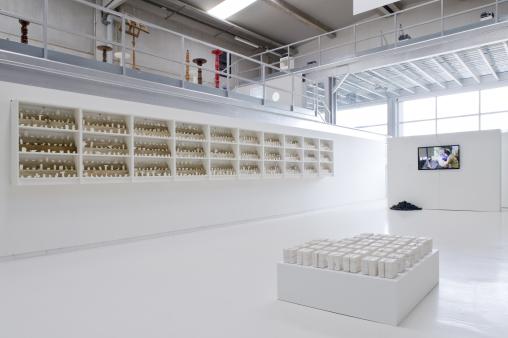
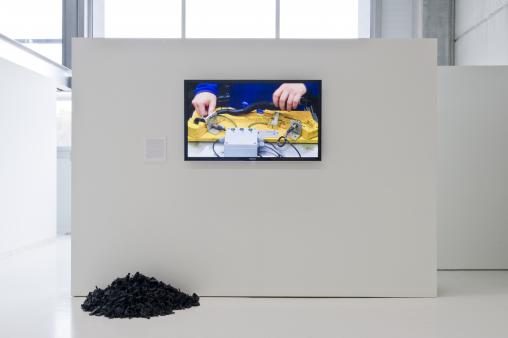
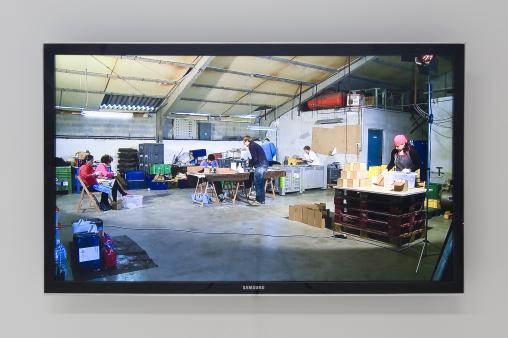
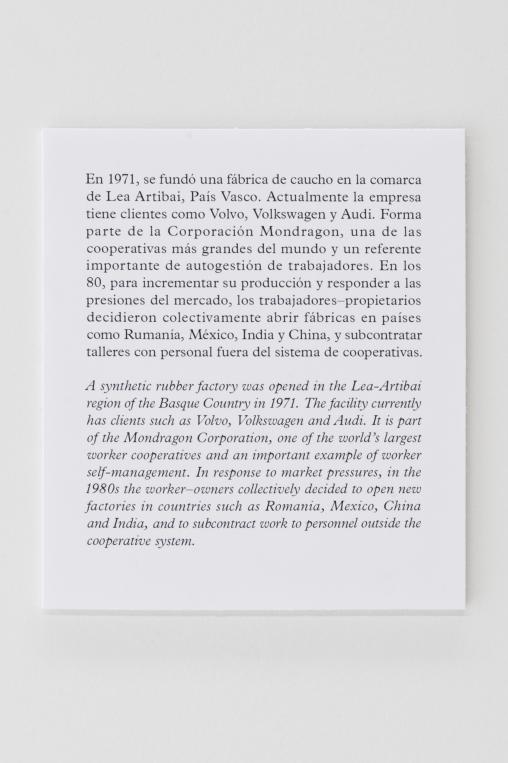
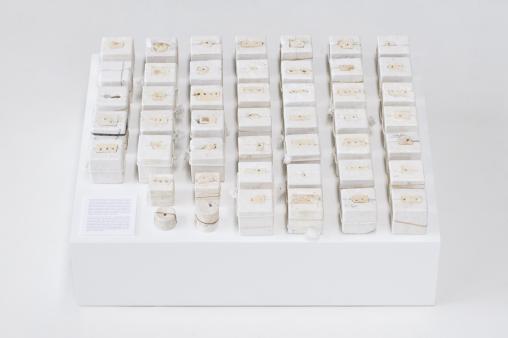
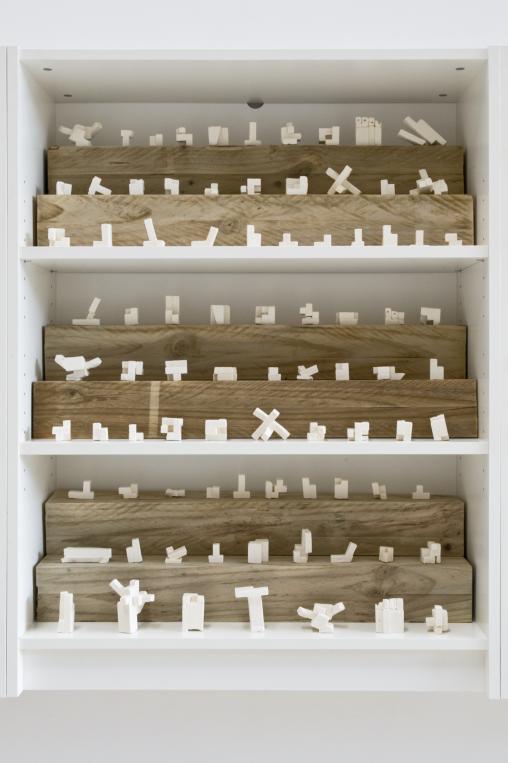
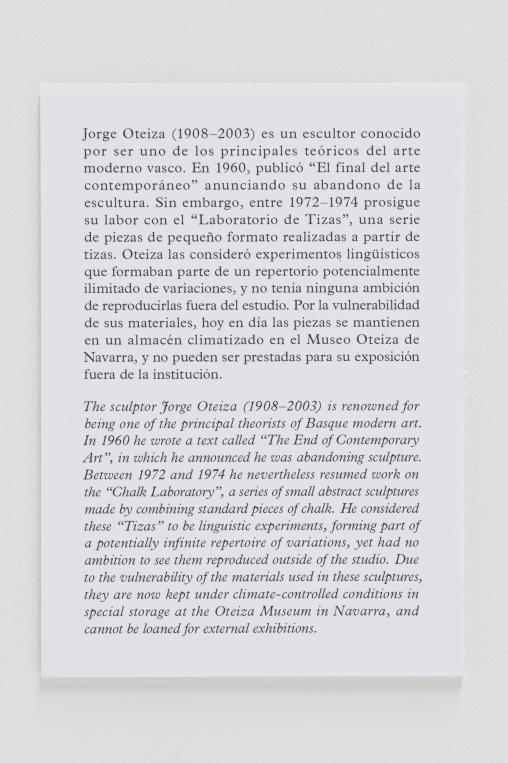

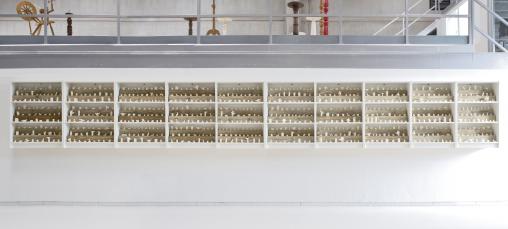




![Gaur [sic]](http://www.parallelports.org/sites/parallelports.org/files/styles/small_cropped/public/field/image/article/gaursic_montajea.jpg?itok=6czeeiAF)








